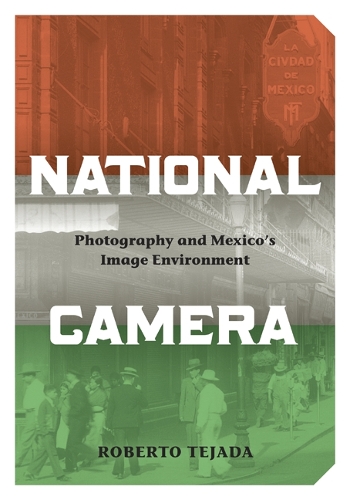
National Camera: Photography and Mexicos Image Environment
(Paperback)
Publishing Details
National Camera: Photography and Mexicos Image Environment
By (Author) Roberto Tejada
University of Minnesota Press
University of Minnesota Press
20th February 2009
United States
Classifications
Tertiary Education
Non Fiction
Photography and photographs
History of the Americas
770.972
Physical Properties
Paperback
256
Width 178mm, Height 254mm, Spine 15mm
Description
In National Camera, Roberto Tejada offers a comprehensive study of Mexican photography from the early twentieth century to today, demonstrating how images have shaped identities in Mexico, the United States, and in the borderlands where the two nations and cultures intersecta place Tejada calls the shared image environment.
The problem of photography in Mexico, Tejada shows, reveals cross-cultural episodes that are rife with contradictions, especially in the complex terms of cultural and sexual difference. Analyzing such topics as territory, sexuality, and social and ethnic relations in image making, Tejada delves into the work of key figures including Manuel Alvarez Bravo, Edward Weston, Tina Modotti, Marius de Zayas, and Julien Levy, as well as the Agustn Vctor Casasola Archive, the Boystown photographs, and contemporary Mexican and Latina photo-based artists.
From the Mexican Revolution of 19101920 to the U.S.Mexico borderlands of today, Tejada traces the connective thread that photography has provided between Mexican and U.S. American intellectual and cultural production and, in doing so, defines both nations.
Author Bio
Roberto Tejada is an art historian, curator, and associate professor of art and media history, theory, and criticism in the Visual Arts Department at the University of California, San Diego. A widely published poet and literary translator, he is the author of Mirrors for Gold, as well as the founder and coeditor of Mandorla: New Writing from the Americas. His monograph on the artist Celia lvarez Muoz for the series A Ver: Revisioning Art History is also with the University of Minnesota Press.
